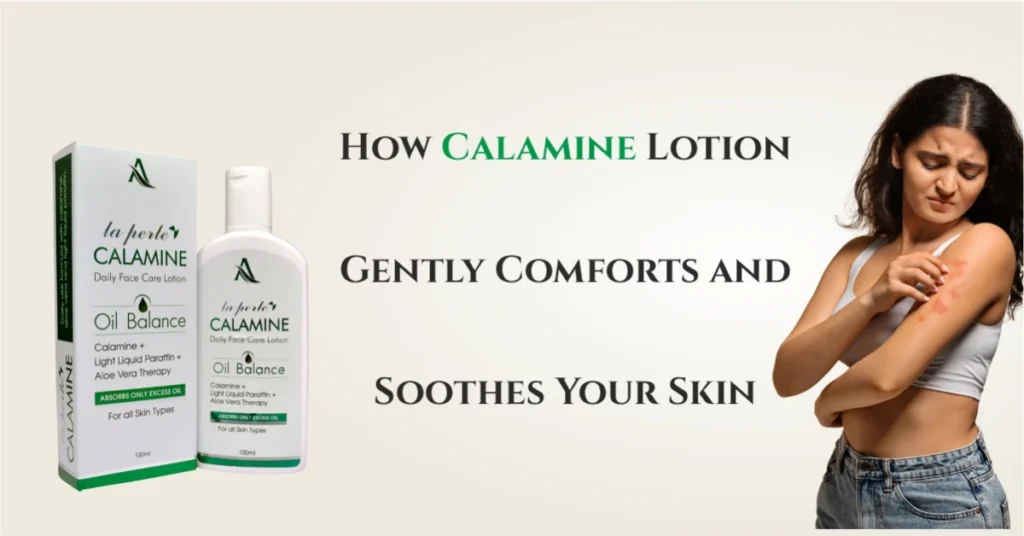Cleansing looks simple, but it is one of the most important steps in a skincare routine. The kind of cleanser you use can make your skin healthier or cause more problems if it is not the right one. This is especially true for people who have dry skin, because their skin reacts faster to harsh or unsuitable products.
Understanding Different Skin Types
Skin is not the same for everyone, and that is why cleansers cannot be one-size-fits-all. Dermatologists usually group skin into five main types:
- Normal skin – balanced, not too oily or too dry, with fewer visible concerns.
- Oily skin – produces more sebum, often shiny and prone to acne or clogged pores.
- Dry skin – lacks natural oils, feels tight, flaky, and rough to touch.
- Sensitive skin – reacts quickly to new products, often shows redness, itching, or burning.
- Combination skin – oily in some areas (like the T-zone) but dry or normal in others.
Each type has different needs, so using the wrong cleanser may disturb the natural balance and create new issues instead of solving them.
What Makes Dry Skin Different?
Dry skin is not just about looking dull—it happens when your skin cannot hold enough moisture or natural oils. This may be caused by genetics, aging, climate changes, or even by using strong soaps. People with dry skin often notice tightness right after washing, rough patches, itching, or visible flakes.
Unlike oily or normal skin, dry skin has a weaker protective barrier. This means water escapes easily, and irritants from the environment can enter more quickly. Because of this, it needs cleansers that are gentle, hydrating, and free from strong chemicals. A harsh or foaming face wash may strip away the little oil left, making dryness worse.
Choosing the correct cleanser helps protect this barrier, keeps the skin calm, and allows moisturizers or treatments used afterward to work better. For someone with dry skin, this choice is not optional—it is essential for healthy skin.
Key Features of a Good Facial Cleanser for Dry Skin

Finding the right cleanser for dry skin is not about picking the fanciest bottle—it is about making sure the formula supports your skin instead of stripping it. A good cleanser should stay gentle, protect the skin barrier, and include ingredients that actively help with hydration.
Gentle and Free from Harsh Additives
A cleanser for dry skin must avoid anything that can worsen irritation. Strong fragrances, sulfates, and drying alcohols take away the skin’s natural oils, which makes dryness worse. Instead, you need something mild that feels creamy or lotion-like, so it can clean without harming the surface.
What to look for:
- Fragrance-free labels (less risk of redness or burning)
- Non-irritating formulas (tested for sensitive or dry skin)
- No sulfates or harsh foaming agents
- No drying alcohols (like ethanol or isopropyl alcohol)
Ingredients That Actually Help Dry Skin
What makes a cleanser truly good is not just what it avoids but also what it adds back to the skin. The right ingredients hydrate, repair, and soften dry areas instead of leaving them tight.
Helpful ingredients include:
- Glycerin & Hyaluronic Acid – humectants that pull water into the skin and keep it there
- Ceramides – repair and strengthen the skin barrier
- Squalane & Jojoba Oil – mimic natural oils, add softness without heaviness
- Cetyl Alcohol (2.650%) & Stearyl Alcohol (0.265%) – fatty alcohols that act as emollients, making the skin smooth and preventing flakiness (different from harsh alcohols that dry the skin)
Together, these ingredients create a cleanser that not only removes dirt and impurities but also supports hydration and barrier repair every time you use it.
Types of Facial Cleansers for Dry Skin
Different cleansers come in different textures, and each works in its own way. For dry skin, some give comfort while others may be too harsh if used daily.
Cream Cleansers
Thick and soft, these add hydration while cleaning. They reduce tightness and are best for very dry skin or cold weather.
Gel Cleansers
Light and fresh, gels can work if they contain hydrating ingredients. Some may still dry the skin if foaming is strong.
Foam Cleansers
Foams feel deep-cleaning but often strip natural oils. Use only gentle, sulfate-free versions and not too often.
Oil-Based Cleansers
Oils melt away dirt and makeup without removing natural moisture. Great for sensitive or flaky dry skin, especially as the first step in double cleansing.
| Type | Pros | Cons | Best For |
|---|---|---|---|
| Cream | Hydrating, soothing | Can feel heavy | Very dry skin, winter |
| Gel | Light, refreshing | Some may dry skin | Normal-dry, combo |
| Foam | Deep clean feel | Strips oils easily | Occasional use |
| Oil | Removes makeup, gentle | May leave residue | Sensitive, flaky skin |
Protecting the Skin Barrier While Cleansing

The skin barrier works like a shield. It keeps water inside and blocks harmful things like pollution, dust, and bacteria. When this barrier is weak, the skin becomes dry, itchy, or inflamed. Cleansing is meant to remove dirt, but if done wrongly, it can make the barrier weaker instead of stronger.
How Cleansing Affects the Skin Barrier
Every cleanser interacts with the outer layer of the skin. A harsh formula can wash away not only dirt but also the natural oils and lipids that lock in moisture. When these protective layers are stripped, water escapes more easily, leading to dryness and irritation. A gentle cleanser, on the other hand, removes impurities while keeping the barrier intact. This is why the right choice matters more for dry and sensitive skin.
Common Mistakes That Damage Dry Skin
People often make small errors that end up harming their skin barrier:
- Using very hot water that dehydrates the skin further
- Cleansing too often, which strips away natural oils
- Choosing strong foaming cleansers with sulfates
- Rubbing the face harshly with towels after washing
- Skipping moisturizer immediately after cleansing
Each of these weakens the barrier, leaving skin tight, rough, or prone to redness.
Step-by-Step Cleansing Routine for Dry Skin
A simple routine can make a big difference for dry skin. The goal is to clean without stripping away the little natural moisture the skin already has. Here’s how to do it the right way:
- Choose the right cleanser – Pick a gentle, hydrating option such as a cream or oil-based formula. Look for ingredients like ceramides, glycerin, or fatty alcohols that keep skin soft.
- Use lukewarm water, never hot – Hot water removes natural oils quickly, while lukewarm water cleans without causing extra dryness.
- Massage gently for 30–60 seconds – Apply cleanser with light circular motions. This helps remove dirt without stressing the skin barrier.
- Rinse thoroughly without over-drying – Make sure no residue is left, but don’t over-rinse as it can make skin feel tight.
- Pat skin dry, don’t rub – Use a soft towel to gently press away excess water. Avoid rubbing, which can cause irritation and flakes.
- Follow with moisturizer/serum immediately – Seal in hydration within a few minutes of cleansing to prevent moisture loss.
Myths vs Facts About Cleansing Dry Skin
Cleansing routines are surrounded by many opinions, but not all of them are accurate. Believing in half-truths can make dryness worse instead of better. Here are some common myths explained clearly.
Myth: Foaming cleansers are always bad for dry skin
Foam has a reputation for being harsh, and many traditional foaming cleansers did strip away too much oil. But newer sulfate-free foams are different. If they include hydrating ingredients like glycerin or ceramides, they can clean without leaving the skin tight. So foam is not always the enemy—it depends on the formula.
Myth: Natural cleansers are always safer
People often trust natural ingredients more, but “natural” does not automatically mean safe. Things like essential oils, lemon juice, or raw plant extracts can trigger irritation or allergies. On the other hand, lab-made ingredients such as hyaluronic acid or fatty alcohols are tested for safety and stability. Both natural and chemical options can be good, but only when carefully chosen.
Myth: Cleansing less prevents dryness
Skipping face wash might feel like it helps, but not cleansing properly allows dirt, sweat, and dead skin to build up. This can clog pores and stop moisturizers from working well. The truth is, cleansing once or twice a day with a gentle formula is safer than avoiding it. The key is using the right product, not removing the step completely.
FAQs
Are ceramides important in facial cleansers for dry skin?
Yes, they restore the skin’s protective barrier and prevent water loss
How often should I use a facial cleanser if I have dry skin?
Once or twice daily with a gentle, hydrating formula is ideal.
Can cleansers cause dryness or irritation?
Yes, harsh foaming or alcohol-based cleansers often strip natural oils.
re oil-based cleansers better than gel cleansers?
For very dry skin, oil-based cleansers are gentler; gels fit normal-to-dry skin.

